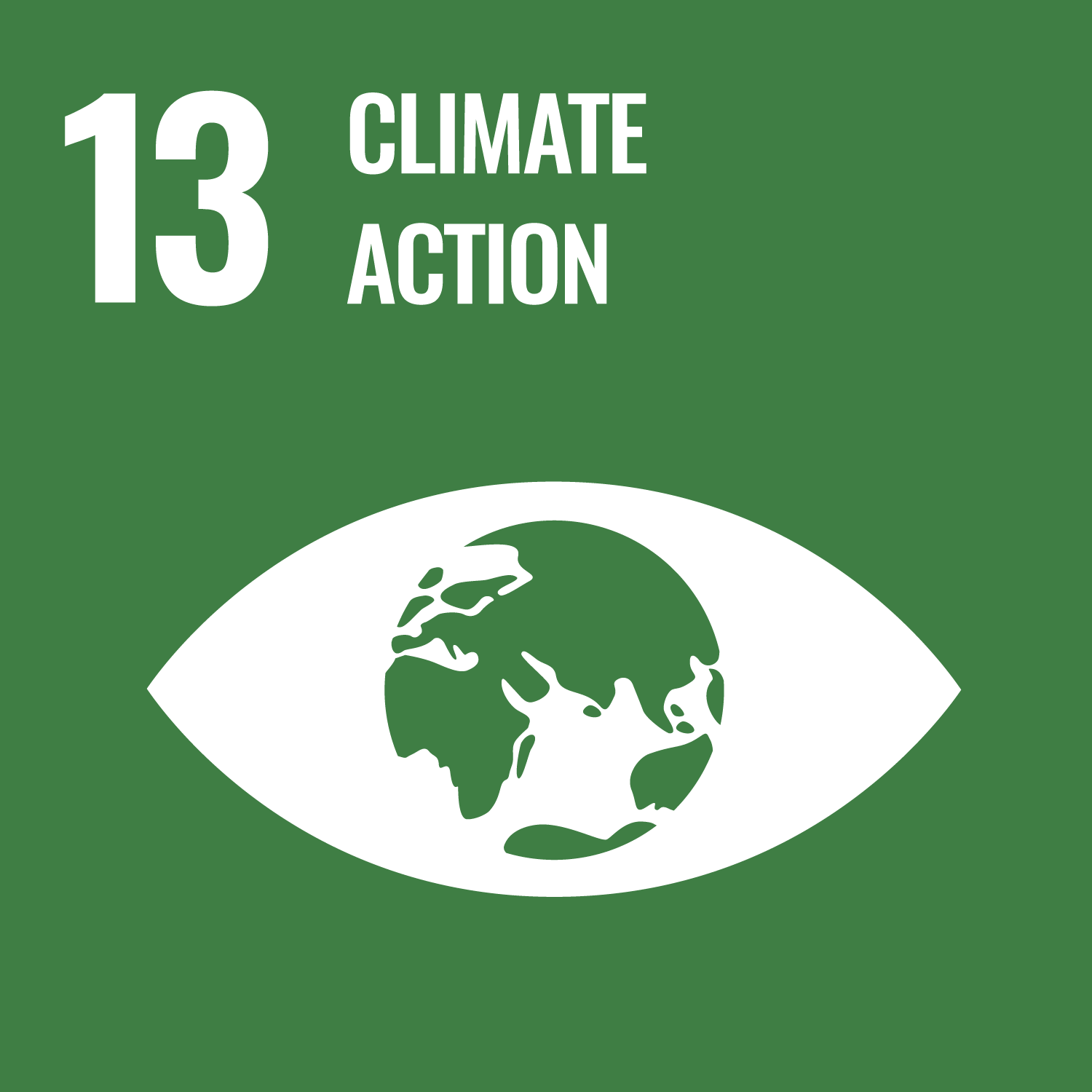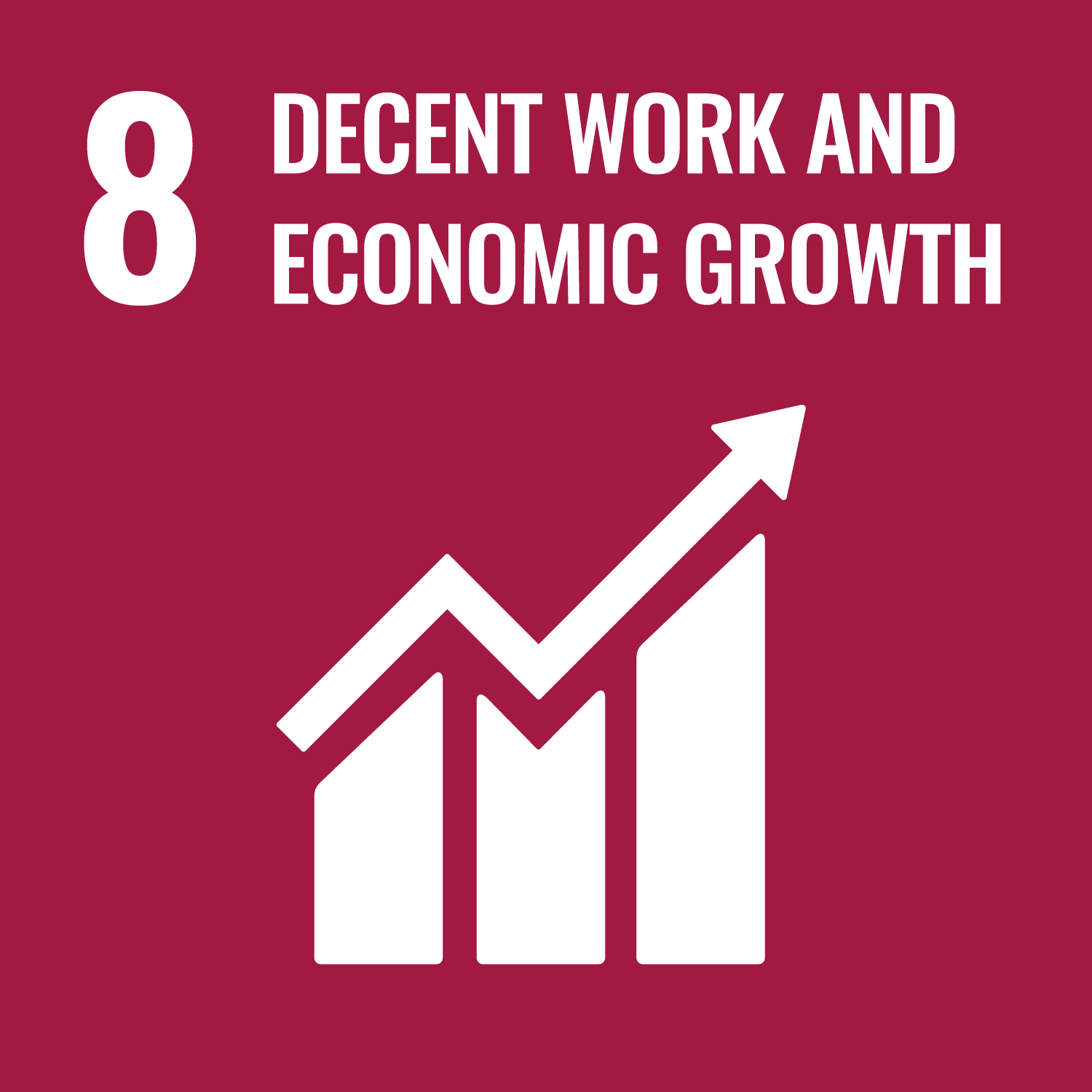PROJECT DETAILS
| Project Submission No. | S00157 |
|---|---|
| Project Title | Toroslar Bundled SPP |
| Project Owner(s) (as per PSF & LOA) | Aybir Enerji Üretimi A.Ş. |
| Submission Date | 2022-02-14 |
| Global Stakeholder Consultation Period |
2022-04-05 to 2022-04-19 |
| Sector | 1.Energy industries (renewable-/non-renewable sources) |
| Project Type | Solar Power |
| GCC/CDM Methodology & Version | AMS-I.D : Grid connected renewable electricity generation---Version 18.0 |
| Forecasted GHG Emission Reduction (tCO2e/Year) |
|
| Forecasted E+ Label | Yes |
| Forecasted S+ Label | Yes |
| Forecasted SDG+ Goals |



|
| Forecasted SDG+ Label | Silver |
| Forecasted Market Eligibility | C+ - Pilot Phase |
| Country |
Türkiye
|
|---|---|
|
Focal Point of Project Owners
|
Life Iklim ve Enerji Ltd. Sti. |
| Email of Contact Person of FP (Primary) | ramazan.aslan@lifeenerji.com |
| Email of Contact Person of FP (Secondary) | kerem.aslan@life-climate.com |
| Name of Authorized External Representative Organization | Life İklim ve Enerji Ltd. Şti. |
| Name of Focal Point of External Representative | Ramazan Aslan |
| Email-id of External representative | ramazan.aslan@lifeenerji.com |
| Documents for Global Stakeholder Consultation | Project Submision
Calculation Sheet Other Documents |
| Project Brief | Toroslar Bundled SPP consists of 15 individual Unlicensed Photovoltaic Solar Power Plants (hereby referred as SPP) with their total installed capacity is 11.32 MWe. All SPPs were established in the accordance with the Turkish law of Electricity Market (Law Number: 6446, ratified on 14/03/2013 by Grand National Assembly of Türkiye, enacted on 30/03/2013 by President of Türkiye, authored by Grand National Assembly of Türkiye). The electricity produced by project activity will result in average emission reduction of 117,538 tons of CO2 for fixed 10 years of crediting period. 15 SPPs are located in 4 different provinces of Türkiye such as Mersin, Denizli, Çorum and Ankara, these provinces are not far from each other in terms of proximity. The project aims to contribute to reducing national energy deficit and development of local industries as it allows the use of cleaner energy for industry and gain advantage in a competitive environment. |
|---|